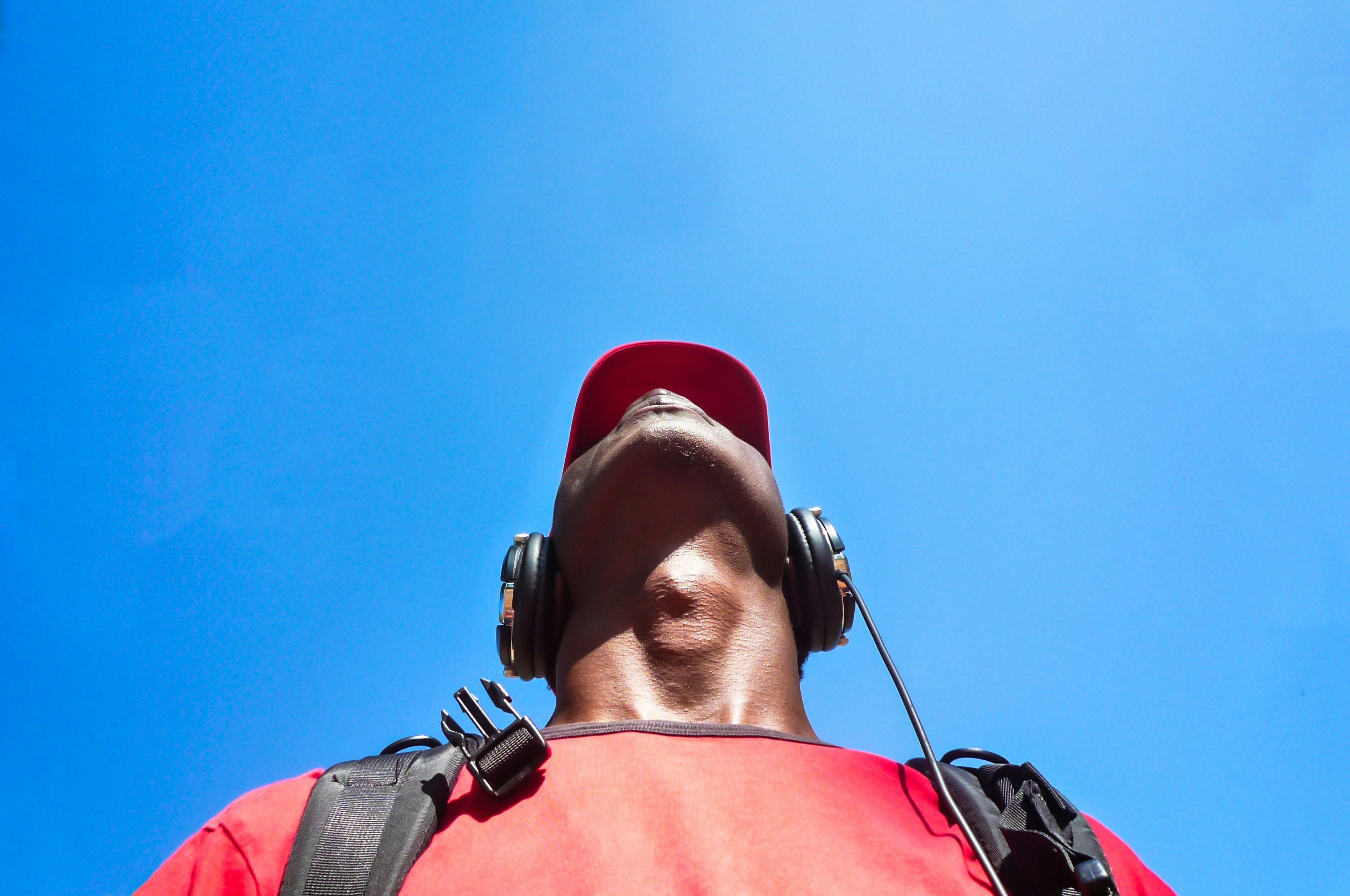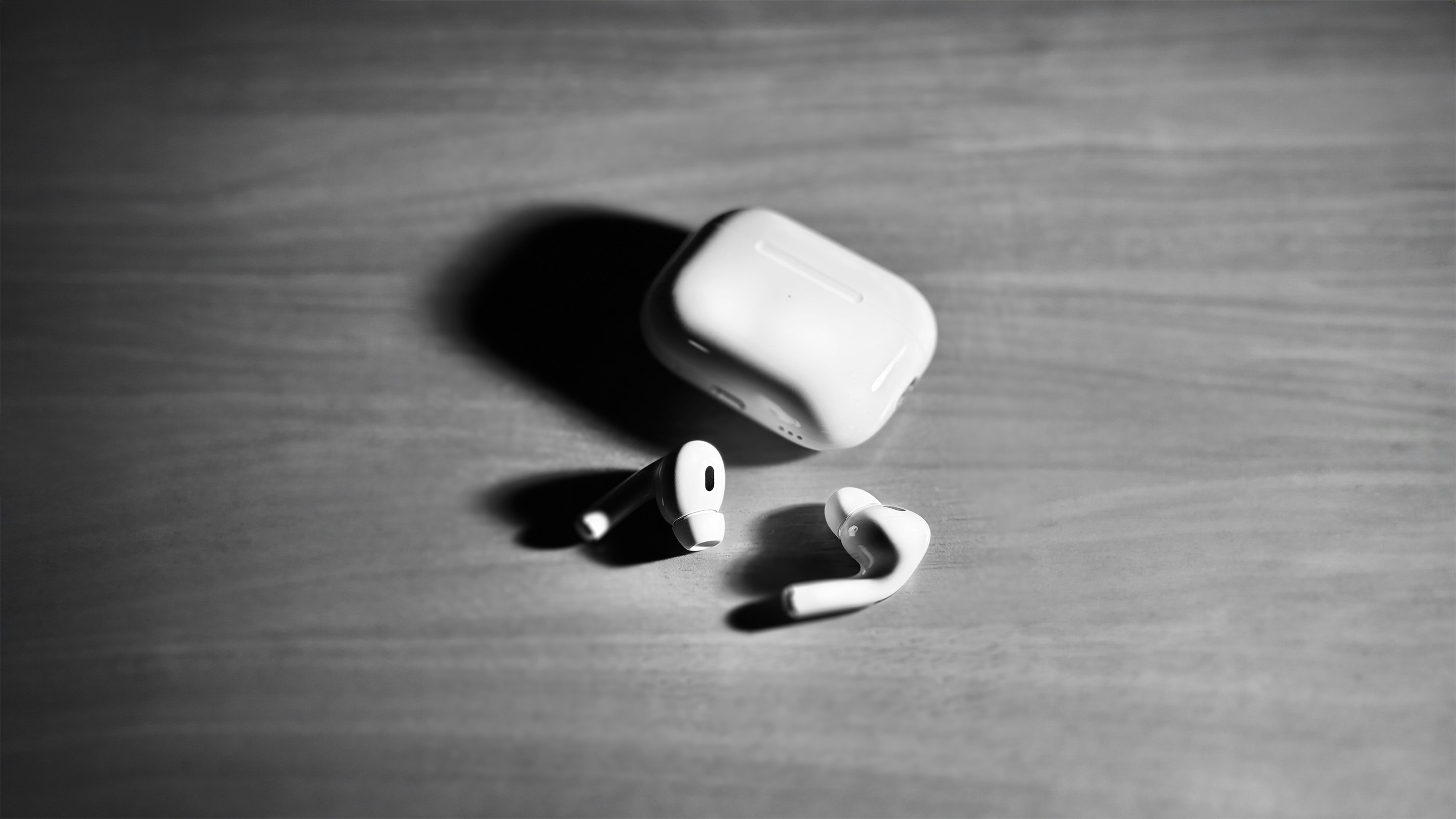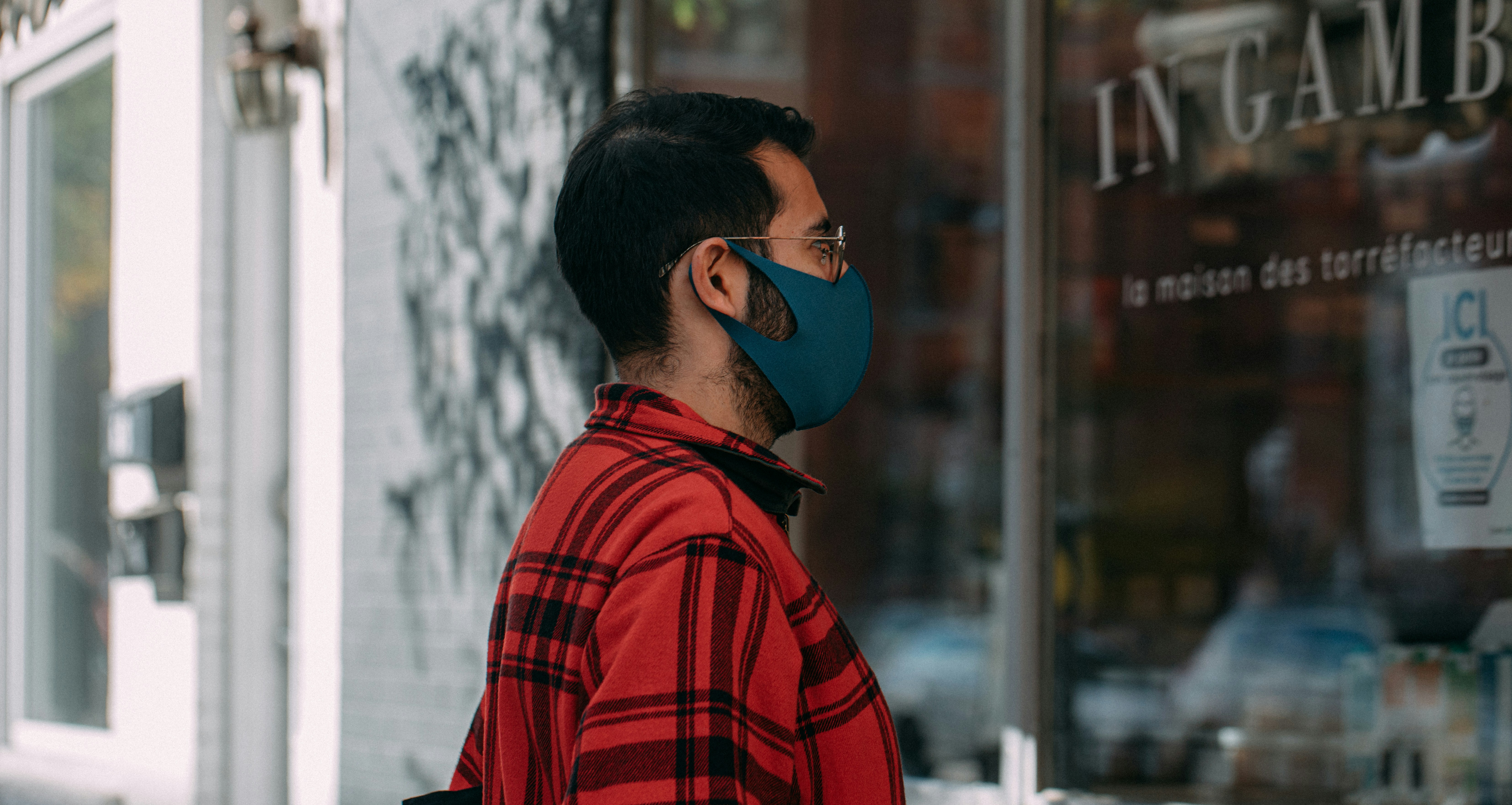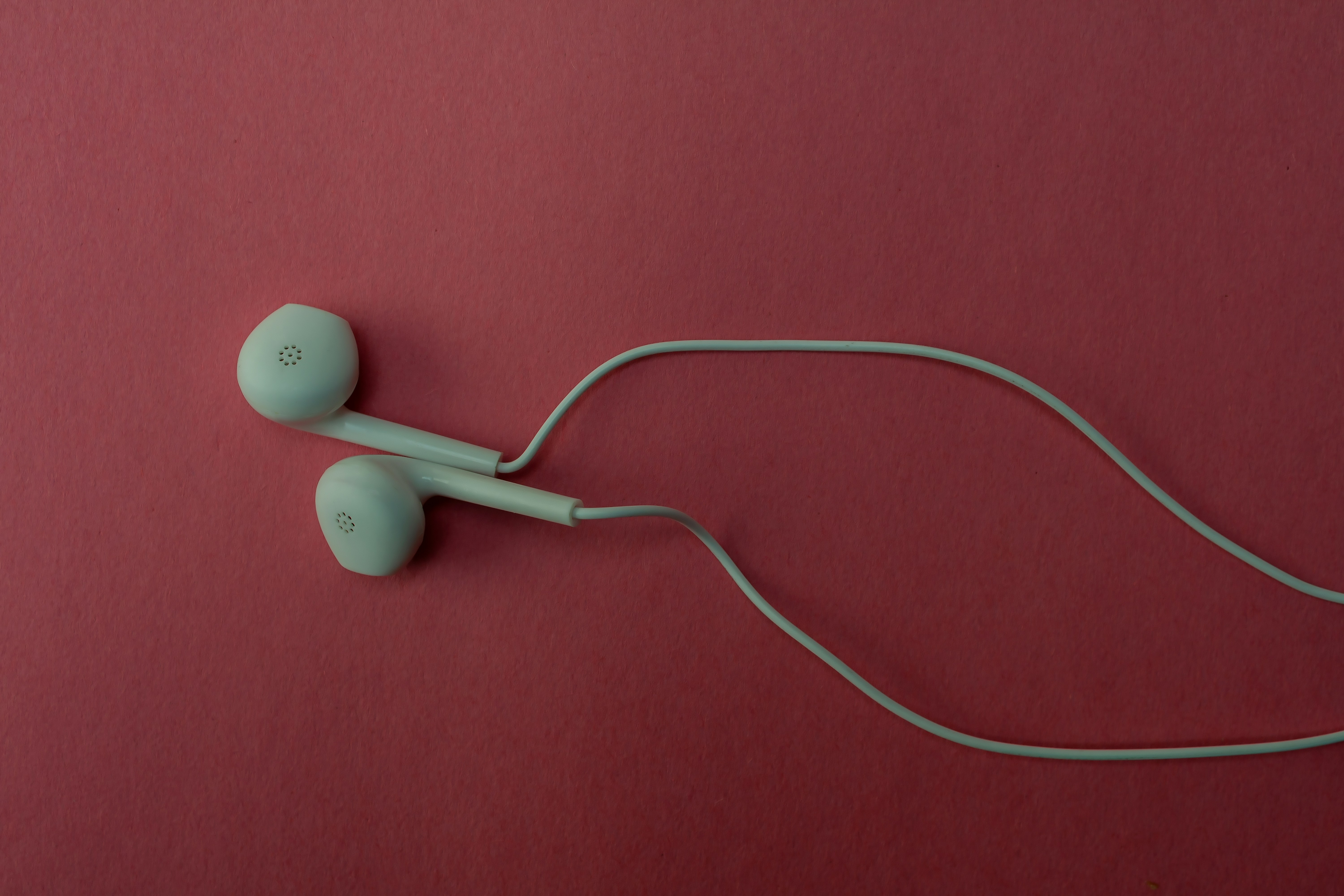You already know power tools and production lines can hurt your hearing. Here’s the twist: certain everyday workplace chemicals quietly make noise damage worse. Put them together and the risk isn’t just added—it multiplies. The good news? A smarter safety plan can protect your ears for the long haul.
The pairing that multiplies risk
Loud sound can bruise the delicate hair cells and synapses inside your cochlea. Ototoxic chemicals can do the same through different pathways—think reduced blood flow, oxidative stress, or direct neurotoxicity. When noise and chemicals hit together, the ear is less able to recover between exposures, and the damage accelerates.
Common ototoxic culprits at work
- Organic solvents: toluene, styrene, xylene, ethylbenzene, n-hexane, trichloroethylene (printing, auto body/paint, manufacturing, plastics, boat building)
- Asphyxiants/combustion products: carbon monoxide (forklifts, poorly vented heaters, tunnels, garages)
- Metals and compounds: lead, mercury (battery work, smelting, shooting ranges)
- Nitriles and pesticides: acrylonitrile, some organophosphates (plastics, agriculture)
- Certain pharmaceuticals in healthcare settings: some chemotherapy agents, aminoglycosides (relevant for healthcare workers handling drugs—follow facility protocols)
Exposure can be inhaled, absorbed through the skin, or both. Even if chemical levels are within legal limits, combined exposure with noise can raise your hearing risk.
How the combo harms your ears
- Less oxygen, more stress: Carbon monoxide displaces oxygen, starving the inner ear during noisy tasks.
- Solvent synergy: Solvents can disrupt cell membranes and increase free radicals. Add noise, and the cochlea’s antioxidant defenses get overwhelmed.
- Neurotoxic hits: Some chemicals target the auditory nerve or the brain’s auditory pathways, making speech-in-noise listening tougher even when the audiogram looks “okay.”
It’s not just factories—who’s at risk?
- Auto body and paint shops, printing/press rooms, plastics and fiberglass manufacturing
- Warehouses using propane/diesel forklifts, cold rooms with fuel heaters
- Construction, shipyards, and aviation maintenance
- Agriculture (pesticides + machinery), landscaping (fuel vapors + leaf blowers)
- Shooting ranges (impulse noise + lead)
- DIYers at home: painting in garages, using solvents near compressors or power tools
Clues you’re in a combined-exposure zone
- You smell solvents or fuel and must shout to be heard at arm’s length.
- Indoor forklifts, generators, or fuel heaters run for long periods.
- You get headaches, lightheadedness, or unusual fatigue during noisy tasks.
- Your hearing test is “normal,” yet you struggle with fast conversation in noise, or your tinnitus flares after solvent-heavy days.
Your prevention playbook
Protecting your ears in these environments is absolutely doable. The secret is using the hierarchy of controls and optimizing both noise and chemical strategies.
1) Measure and know your exposure
- Ask for industrial hygiene assessments that include both noise dosimetry and air sampling for ototoxic chemicals.
- Use calibrated noise monitors where possible. Smartphone apps are helpful for screening but can under/overestimate.
- Track peak noise (impulses) and time-weighted averages. Combined exposure matters even when each hazard is “moderate.”
2) Control at the source (best bang for your buck)
- Substitute low-ototoxic solvents or water-based products where feasible.
- Enclose or isolate noisy equipment; choose quieter tools at purchase time (look for published sound power levels).
- Fix exhaust and combustion by-products: vent forklifts and heaters, ensure CO monitors are installed and maintained.
3) Improve the air and the flow
- Local exhaust ventilation at paint booths and mixing stations; keep capture hoods close to the source.
- Maintain HVAC and filters; check make-up air so ventilation actually removes contaminants.
- Seal solvent storage and clean up spills quickly to reduce vapor peaks.
4) Smarter scheduling and breaks
- Avoid stacking high-noise tasks at the same time as solvent use.
- Rotate tasks to allow “quiet and clean-air time” between peaks.
- Plan noisy work when fewer combustion sources are running.
5) Personal protective equipment that actually works
- Hearing protection: In high-noise or impulse environments, consider dual protection (earplugs + earmuffs). Choose protectors with suitable real-world attenuation, not just the number on the box.
- Fit matters more than NRR: Get fit-tested if available. A well-fit moderate protector often beats a poorly fit “super” plug.
- Respiratory and skin protection: Use the right respirator cartridges for solvents, ensure fit testing and seal checks, and wear chemical-resistant gloves—skin absorption counts.
- Don’t overprotect: If you can’t hear alarms or colleagues, use level-dependent protectors or communication headsets rather than removing protection.
6) Strengthen your whole-body defenses
- Hydrate and fuel up—dehydration and low blood sugar can reduce perfusion to the inner ear.
- Aerobic fitness supports vascular health to the cochlea.
- If you smoke or vape, know that carbon monoxide and vasoconstriction add to risk. Cutting back helps your ears too.
- Manage blood pressure, prediabetes, and cholesterol with your primary care team—they influence inner-ear resilience.
Smart testing and tracking
Combined exposure can cause subtle changes before a standard hearing test shows a drop. Build a monitoring plan that looks for early warning signs.
- Baseline before exposure: Get a comprehensive audiologic evaluation when you start a noisy/chemical job or after a promotion to higher exposure.
- Beyond the basics: Ask about extended high-frequency audiometry, distortion product otoacoustic emissions (DPOAEs), and a speech-in-noise test. These can catch changes earlier.
- Regular checks: At least annually if you’re in a hearing conservation program; sooner after any threshold shift or symptom flare.
- Keep your own copies of test reports. Track trends, not just pass/fail.
If you notice new tinnitus, sound sensitivity, ear fullness, or difficulty following conversation in noise, loop in an audiologist even if your last screening was “normal.” Early course-correction protects future you.
What to do if you notice changes
- Step away from exposure when possible and report symptoms to your supervisor or occupational health nurse.
- Document what you were doing, the products used, and how long you were exposed.
- Check your PPE: Was your respirator sealed? Were your plugs seated deeply? Do you need dual protection?
- Schedule a clinical hearing check with an audiologist. Bring your exposure notes—they help tailor testing and counseling.
- Ask for a review of controls at your workstation. Small adjustments (like relocating a vent hood or changing a nozzle) can make a big difference.
Myth-busting
- Myth: “If chemical and noise levels meet legal limits, I’m safe.” Reality: Limits are usually set for hazards alone, not synergy. Combined exposures can still harm hearing.
- Myth: “NRR 33 means I get 33 dB protection.” Reality: Real-world attenuation is often less. Fit and consistency are everything—get trained and, if possible, fit-tested.
- Myth: “I only need earplugs.” Reality: With solvents or CO in the mix, you also need good ventilation, the right respirator, and work-practice changes.
- Myth: “Only blasts and gunfire cause hearing loss.” Reality: Moderate noise plus ototoxic chemicals over months can be just as damaging.
Bring prevention home (literally)
- DIY projects: Use water-based paints/finishes when you can. Ventilate garages, and don’t run engines indoors. Wear hearing protection with sanders, saws, and compressors.
- Hobbies: Shooting? Use double hearing protection and manage lead exposure. Motorsports? Choose quieter exhausts and wear a helmet-compatible plug system.
- Medication check: If you regularly use high-dose NSAIDs, certain antibiotics, or chemotherapy agents, ask your pharmacist and care team about ototoxic risk and timing noisy activities accordingly.
You don’t have to become a safety engineer overnight. Start with one win this week—better plug fit, a conversation about ventilation, or booking your baseline hearing test. Your ears will thank you for decades.
If you’re unsure where to start, consult an audiologist or your occupational health team. They can tailor protection and testing to your specific exposure.
Further Reading
- Ear‑Safe Prescriptions: How to Spot and Prevent Drug‑Related Hearing Damage (Prevention) - Stronger, Not Louder: Protect Your Hearing at the Gym, on the Run, and Everywhere You Train (Prevention) - Ototoxic Medications: Protect Your Hearing Without Compromising Treatment (Prevention) - When Noise Meets Chemicals: The Overlooked Combo That Damages Hearing (Research)Frequently Asked Questions
Which chemicals are most worrisome for hearing?
Solvents like toluene, styrene, xylene, and ethylbenzene; carbon monoxide from forklifts and heaters; metals such as lead and mercury; and certain nitriles and pesticides have been linked to ototoxic effects. Risk depends on dose, duration, and whether noise exposure happens at the same time.
Do I need to wear both earplugs and earmuffs?
Dual protection is helpful for very high noise, impulse noise (like nail guns or shots), or when you also have chemical exposures that may reduce your ear’s resilience. Fit and comfort matter—get trained on insertion and consider level-dependent options so you can still hear alarms and coworkers.
If my annual hearing test is normal, am I in the clear?
Not necessarily. Combined exposures can cause early changes that don’t show on a standard audiogram. Consider extended high-frequency testing, otoacoustic emissions, and speech-in-noise tests, and monitor symptoms like tinnitus or trouble following conversation in busy spaces.
Can hearing recover after solvent or CO exposure?
Some temporary changes can improve with rest from noise and clean air, but repeated or intense exposures can cause permanent damage. If you notice symptoms, reduce exposure and ask an audiologist or occupational health provider about testing and next steps.



